Chiang Mai is well known as a thriving base for digital nomads visiting Asia. The laidback city in northern Thailand has a mesmerizing combination of fascinating temples, bustling night markets, and modern, chic cafes. It’s also a getaway to offbeat corners of Thailand, far from the crowded city environment of Bangkok. Surrounded as it is by leafy tropical jungle and sheltering mountains, Chiang Mai also has access to some excellent outdoor adventures. Here are a few of our favorites.
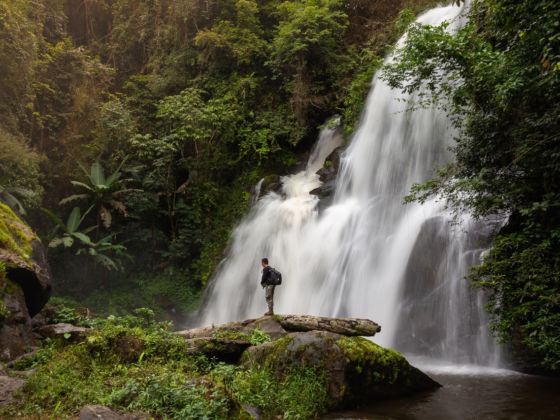

The Best Outdoor Adventures in Chiang Mai, Thailand
Hiking and trekking in the lush jungle
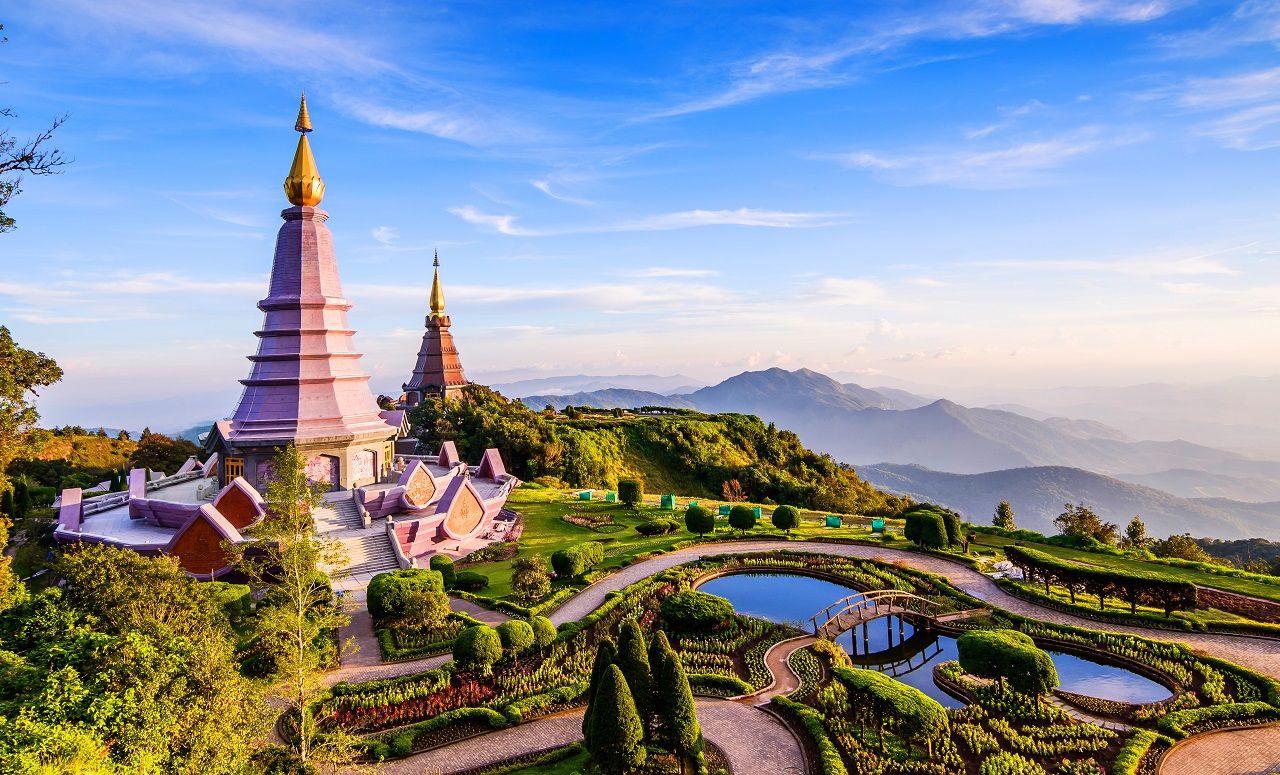
Photo: Take Photo/Shutterstock
Doi Inthanon National Park is home to the highest point in Thailand. It also houses some of the most breathtaking waterfalls in Thailand, such as Wachirathan, Sirithan, and Mae Ya waterfalls. You could opt for the one-day trek, but there are two-day and three-day trekking tours as well. The green carpets of tree-clad mountains are often swathed by the mist, providing stunning photo opportunities.
Day visitors can choose the Kew Mae Pan Nature Trail, a circular trail that covers 21 stops, including the sites of Phra Mahathat Napamaythaneedol Chedi and Phra Mahathat Napapoommisiri Chedi. These two royal pagodas were built to commemorate the birthdays of King Bhumibol Adulyadej — who was king of Thailand for six decades until his death in 2016 — and his queen.
Two important things to note: The trail is closed during the rainy period of June through October. Also, hiring a local guide is mandatory for this trail; it costs 200 Thai baht, or just over $6.
Visiting the Sticky Waterfalls
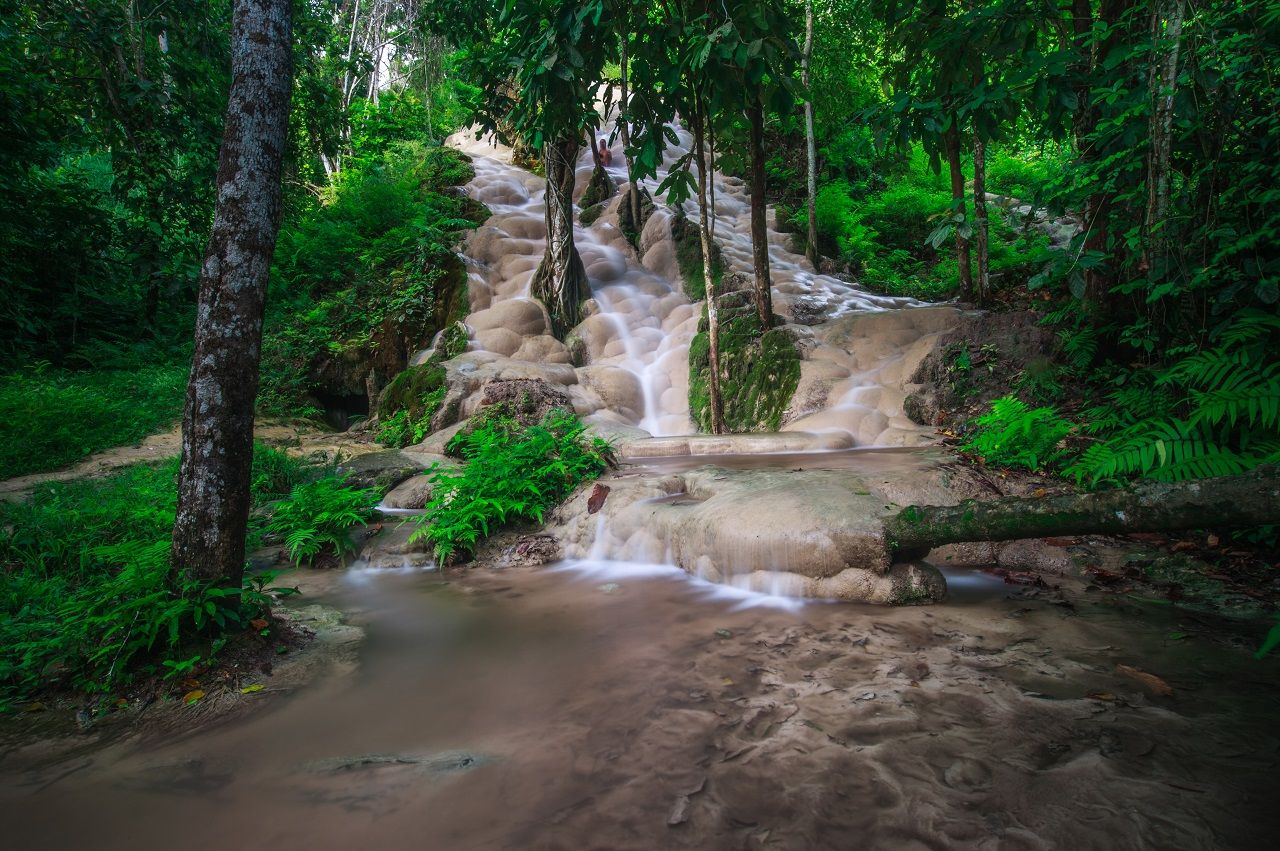
Photo: kitsanakorn maneerat/Shutterstock
Crystal clear water flows swiftly over the limestone surface of the Bua Tong Waterfalls. The creamy limestone, in contrast to the greener jungle, aren’t slippery — hence the cascades’ sticky moniker. You can climb up over the rocks without fear of sliding.
Once on top, look for a sign that says Nam Phu Chet Si. A hidden gem, the blue water spring is believed to have some healing energy. While the bottom doesn’t have a huge base pool for swimming, you can relax at one of the smaller pools.
A private vehicle will take one hour to reach the falls from the Old Town of Chiang Mai. It’s also a popular picnic spot for locals. You can go here on your own or opt for a tour with a local expert at TakeMeTour. This mindful travel organization provides community-based travel experiences that assist in lifting up local families.
Whitewater rafting in Mae Tang River
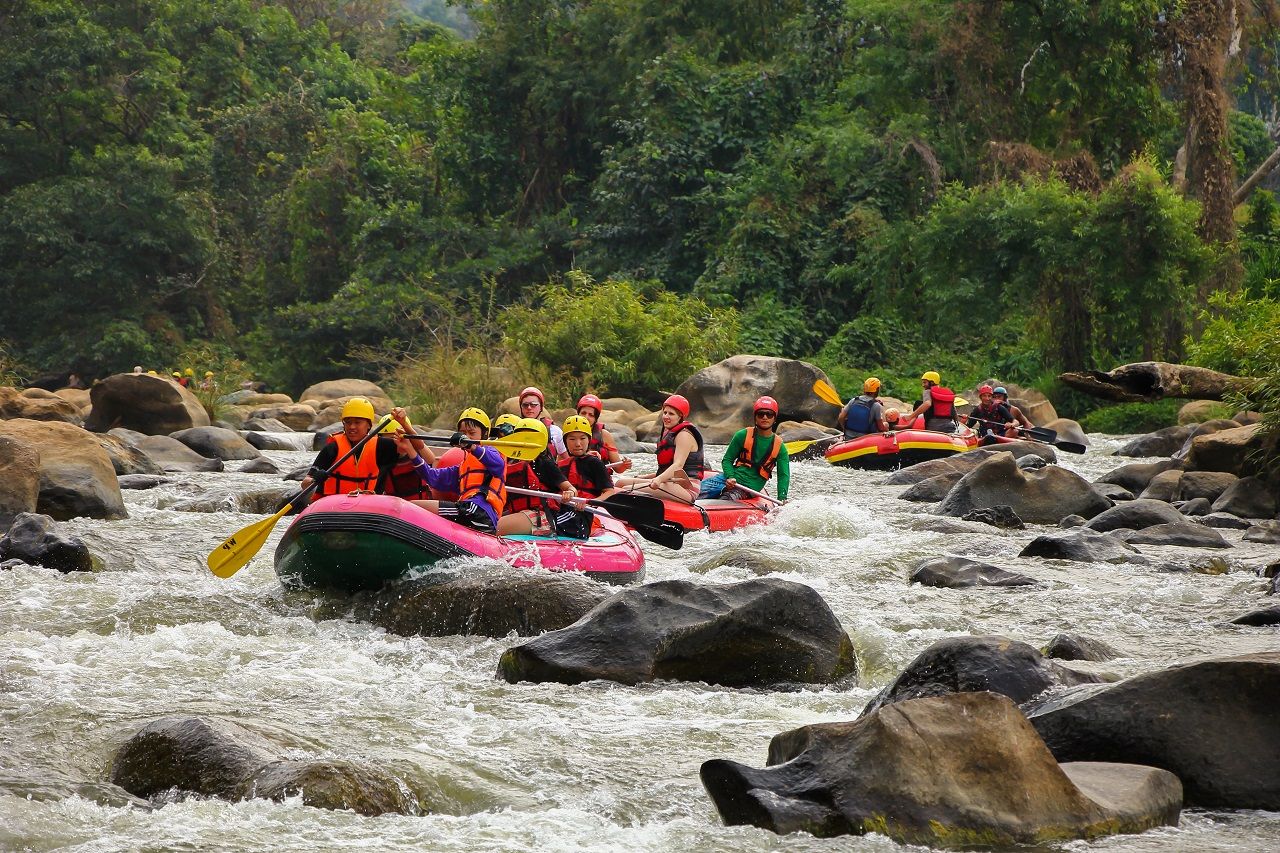
Photo: THRUS PANYAWACHIROPAS/Shutterstock
Fifteen miles from the Old Town, the Mae Tang River stumbles down the jungly mountains, providing the opportunity for a number of companies to operate kayaking and whitewater rafting tours. Monsoons may not be your cup of tea, but the swelling rivers during the rainy season are the best for whitewater rafting in Chiang Mai. At this time of year, though, the gushy waters are brown in color.
A number of rapids are suitable for beginners and more experienced rafters. You can choose a day trip or, if time permits, stay a night in a village homestay and join a two-day rafting tour. The tours run from July to March, but the monsoon swells cease in October.
Seeing the Mae Hong Son Loop on a motorcycle
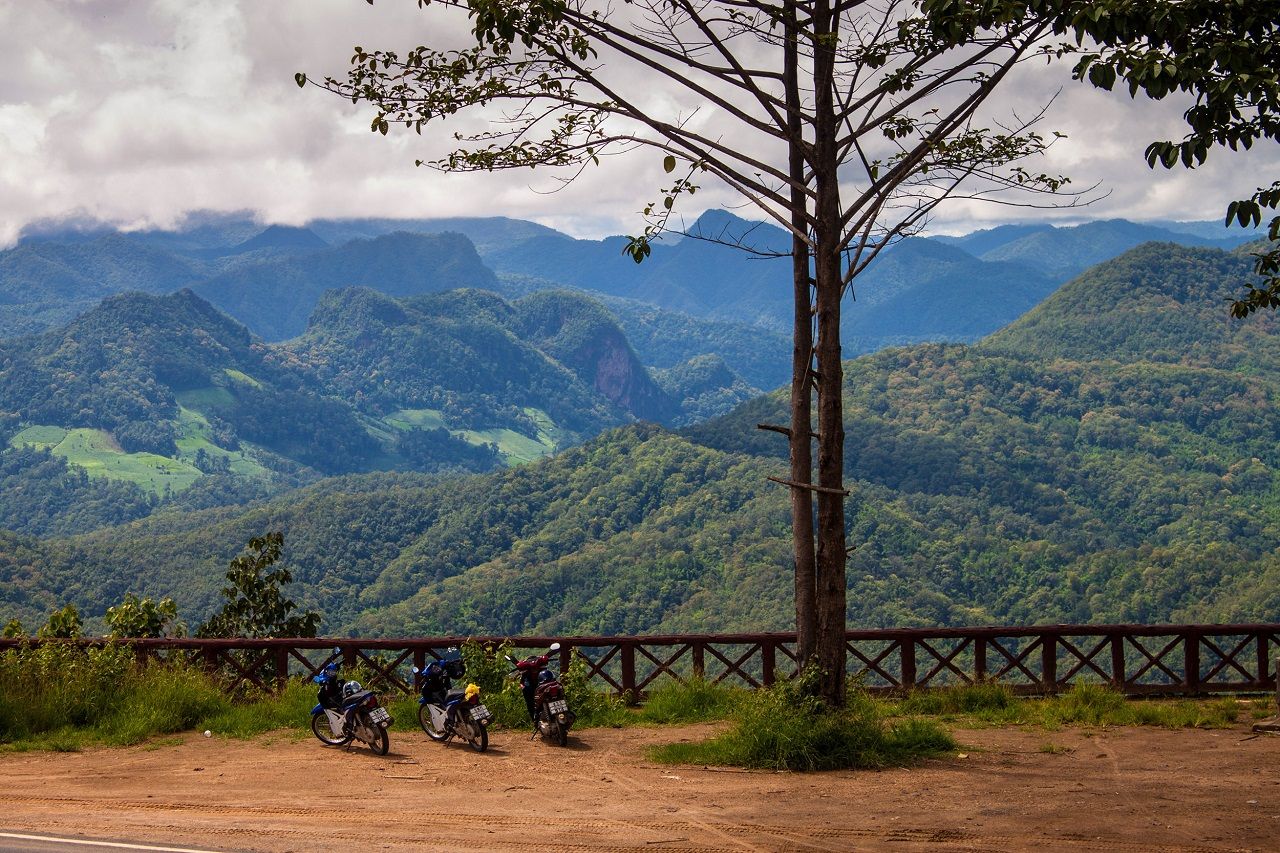
Photo: Matyas Rehak/Shutterstock
Mae Hong Son Loop is one of the most popular motorcycling loops in Southeast Asia. Chiang Mai can be the starting point of this multi-day adventure; you can rent motorcycles or semi-automatic scooters in town. The lush mountain scenery will blow your mind, and you can stop for a dip at a few cascading falls along the way. With overnight stops at Mae Sariang, Mae Hong Son, and Pai, the circular trip can be completed in four days, but you can extend your trip with longer stays.
However, avoid visiting the Karen Lahwi tribe, popularly referred to as the “long neck tribe.” The young girls in the tribal community are forced to wear heavy neck rings that are increasingly lengthened over time. While the practice has cultural roots, today it is more about bringing in tourist money. The practice causes irreparable damage to the women, permanently depressing collarbones and shoulder blades.
Zip-lining in a rainforest
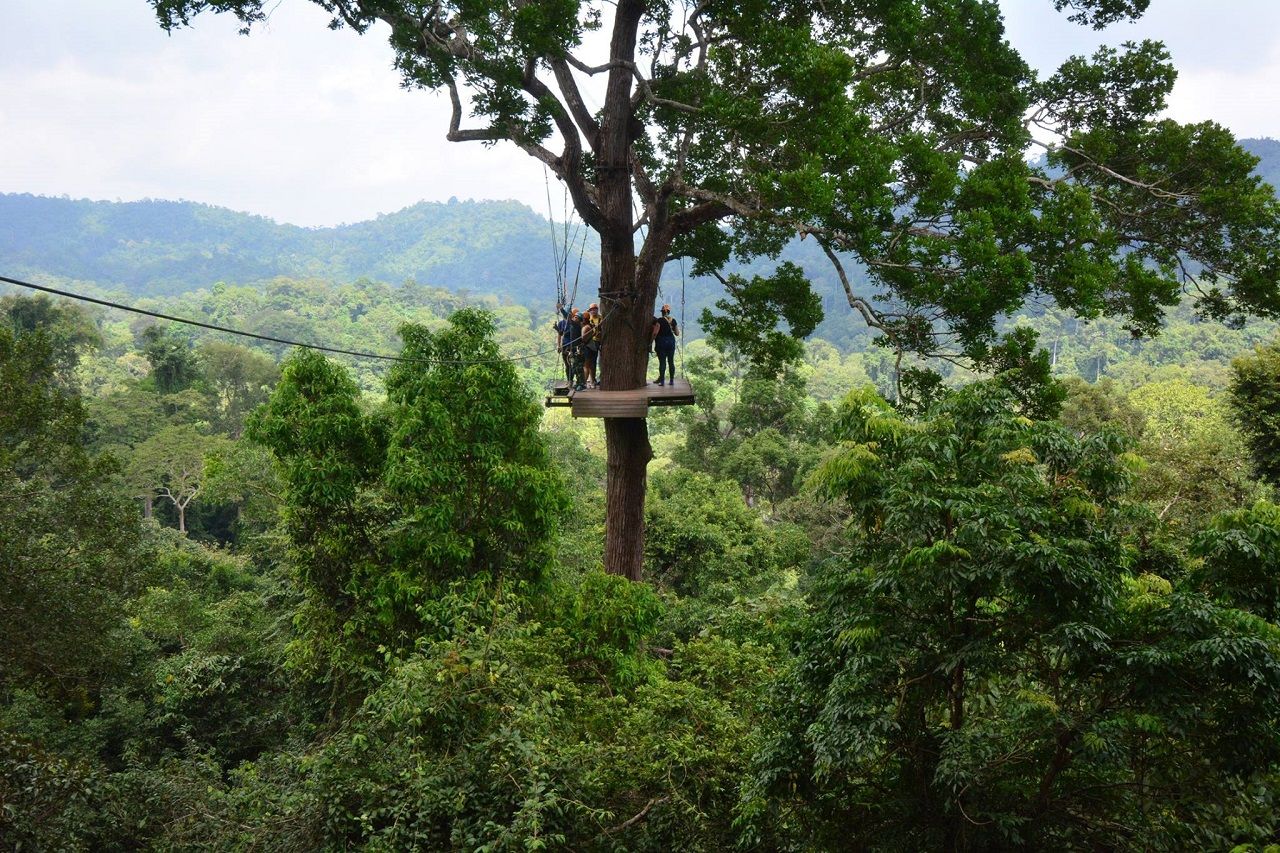
Photo: Flight of the Gibbon/Facebook
While a plethora of zip-lining operators have mushroomed over the years, Flight of The Gibbon has one of the longest zip-lines in the region. It’s also focused on gibbon conservation. In addition to specifically working on tree planting and maintenance, the company believes that community-sustaining projects like ecotourism can empower locals to care for their forest areas.
Flight of The Gibbon is an hour’s drive from the center. If you’re lucky, you’ll see wild gibbons — small apes that move swiftly across the treetops — as you glide across the canopy. The adventure takes two and a half hours, and there are three sessions per day. Start early and go for the sunrise session. Seeing the sun’s golden rays flickering through the tropical canopy is magical.
Seeing elephants in Chiang Mai
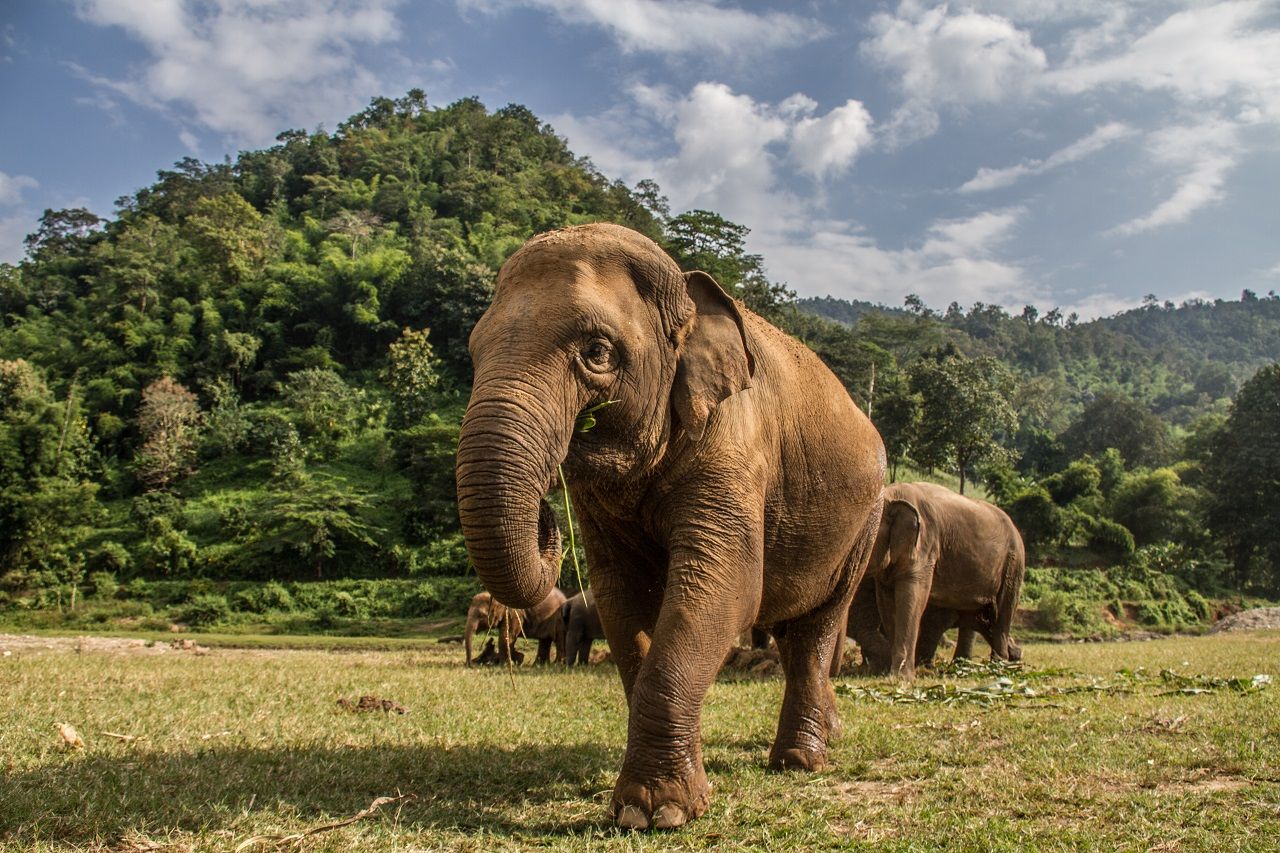
Photo: Oriol Querol/Shutterstock
Thailand is one of the best countries to see wild elephants. However, make sure you don’t take part in any unethical activity, such as elephant riding. (Elephants that are forced to carry people are often mistreated, and their bodies were not designed to carry that weight on their backs). There are a few reputable elephant sanctuaries in Thailand.
If you are staying longer, consider volunteering at Burn and Emily’s Elephant Sanctuary. It’s a retirement home for old, injured elephants who were forced to work at captivity. The sanctuary offers the opportunity to walk alongside these gentle giants and feed them.
Elephant Pride Sanctuary is a small, chain-free home for a family of five elephants that allows natural encounters deep inside Chiang Mai’s jungle. You can meet a small baby elephant called Dido, enjoy a mud bath with the elephants, and join them in the flowing river as they splash you with cool water. The guide, Chanchai, is knowledgeable and will brief you about the behavior and physical features of the animals.